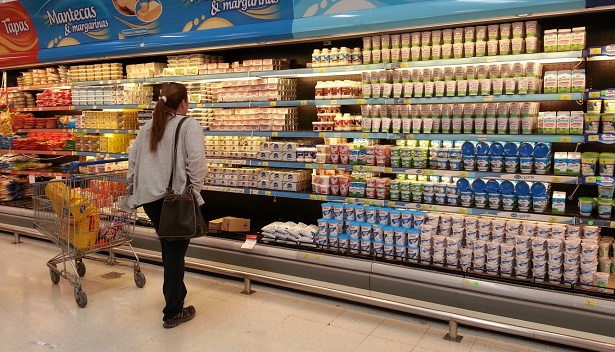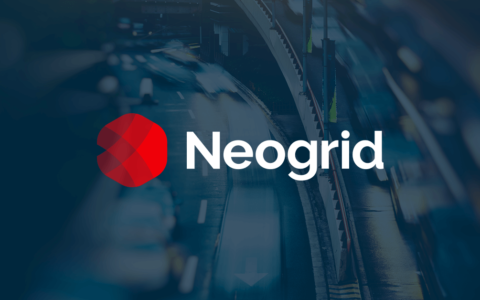
According to a study from Nielsen Institute, on average, 50% of consumers decide to change a store or brand when they can’t find the product they want on the shelves of the supermarket of their choice. The result of this consumer’s decision is direct loss of sales – for the retailer or manufacturer.
To prevent this scenario, it is necessary to pay attention and monitor a very important indicator for supply chain: stock coverage. This data, also known as days in inventory, shows exactly how long the existent inventory will cease to meet sales and consumer demand, making it possible to assess whether the company is able to meet the targets set without exceeding the expected costs.
With this indicator it is also possible to determine the company’s investments. Knowing exactly the number of days that inventory is renewed provides the purchasing department information for entering new orders and understanding how to work in the coming months. In addition, it optimizes logistics at distribution centers as well as product delivery schedule with assertiveness, while preventing product shortage at the point of sale, thus ensuring the best cash flow management for the financial department.
(Learn more about NeoGrid’s VMI Solutions and how we can help you optimize your order and logistics processes.)
Getting an accurate value for the stock coverage indicator is possible with the support of technological solutions that compile information shared by retailers and distributors, and deliver this data in charts and management reports. Additionally, a good solution provides, based on the demand history for each product, the days in inventory and product categories and subcategories, by brand and by store.
The analysis of stock coverage allows company management to define strategies for decision making, resulting in the overall improvement of service level in the supply chain, reducing product shortages on the shelves (out-of-stock) and, consequently, lost sales. The person who benefits the most in the end is the consumer, who finds the shelves supplied with the products he is looking for, and is satisfied with the shopping experience.




